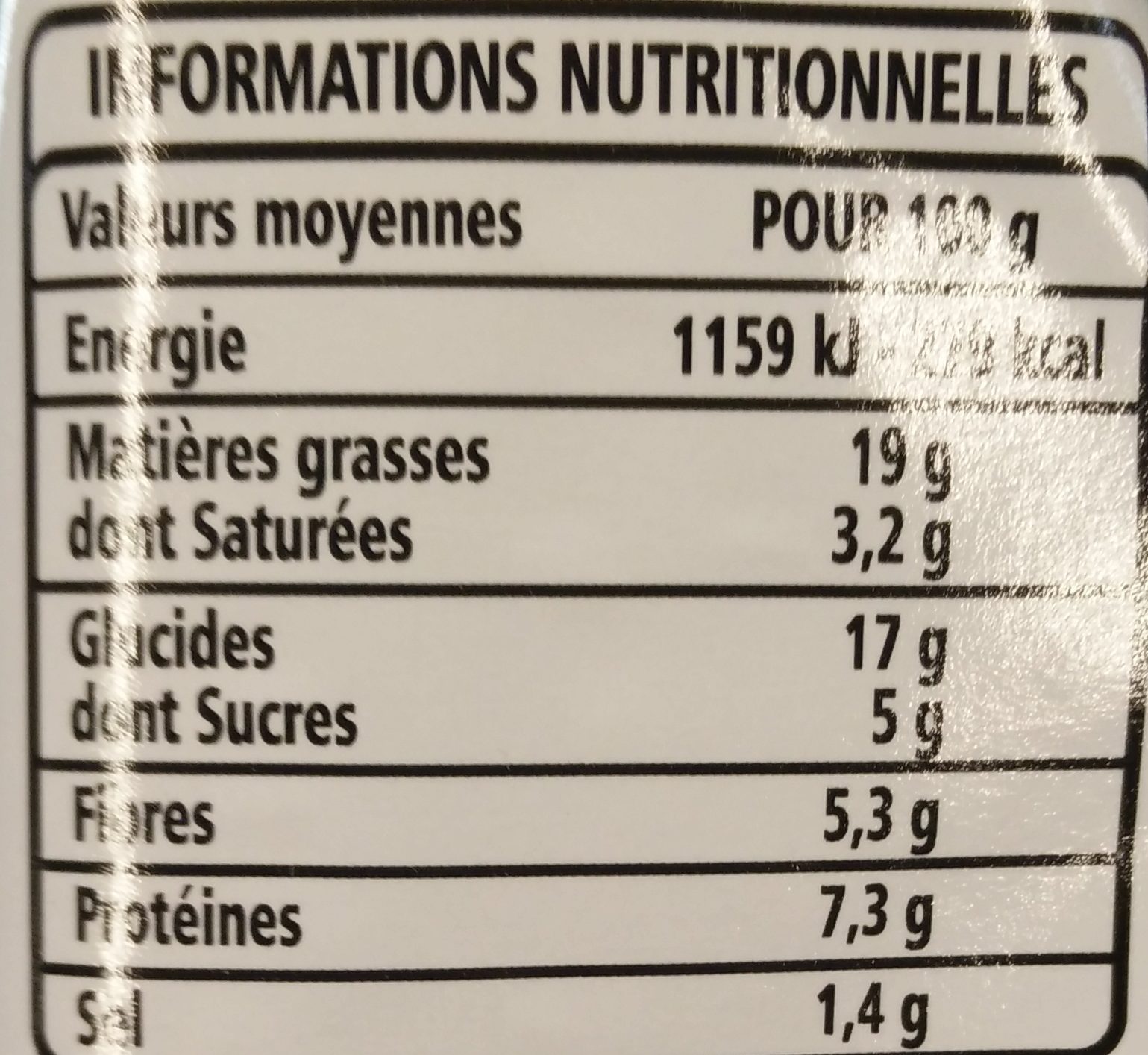Cake aux légumes - Casino - 160 g
This product page is not complete. You can help to complete it by editing it and adding more data from the photos we have, or by taking more photos using the app for Android or iPhone/iPad. Thank you!
×
Barcode: 3222476399588 (EAN / EAN-13)
Common name: Cake Salé aux légumes (27%)
Quantity: 160 g
Packaging: Plastic, Fresh, Protective gas
Brands: Casino
Categories: Snacks, Salty snacks, Meals, Vegetable cakes
Labels, certifications, awards:
2016 Nutrition labelling experiment, Green Dot, Nutriscore experiment, Nutriscore experiment Grade C, Triman

Manufacturing or processing places: France
Traceability code: EMB 56094E - Kervignac (Morbihan, France)
Stores: Casino
Countries where sold: France
Matching with your preferences
Environment
Packaging
Transportation
Other information
Other information: Conditionné sous atmosphère protectrice.
Conservation conditions: A conserver entre 0 et +4°C. A consommer rapidement après ouverture.
Recycling instructions - To recycle: barquette carton
Recycling instructions - To discard: film plastique









